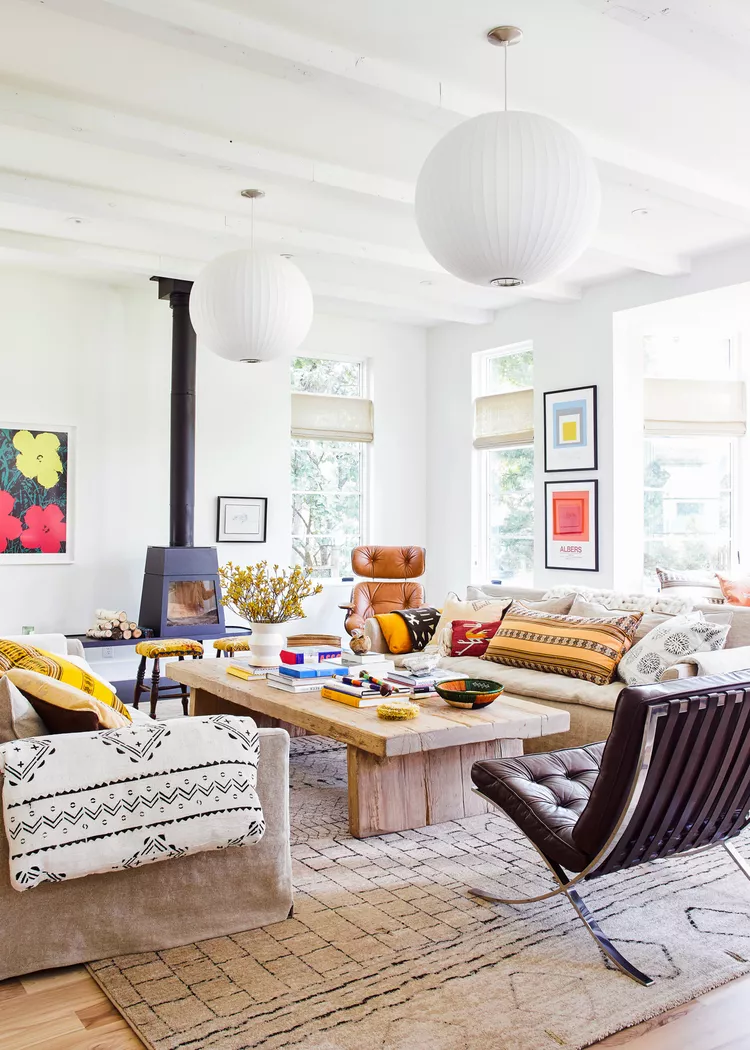
How to Work with an Interior Designer for Optimal Results
How to Work with a Designer in the Digital Era
In today’s fast-paced digital age, where interior design ideas are just a click away, many homeowners wonder, “Why work with an interior designer when there’s so much inspiration available online?” The truth, however, is that while platforms like Pinterest and Instagram provide a plethora of house interior design inspirations, creating a cohesive, personalized, and functional living space requires expertise. Delving into the process of how to work with an interior designer can unlock tailored solutions, industry insights, and a seamless design experience.
In essence, working with an interior designer transcends mere aesthetics. It’s about crafting spaces that resonate with your lifestyle while optimizing functionality. Let’s journey through the steps and insights to make this collaboration a success.
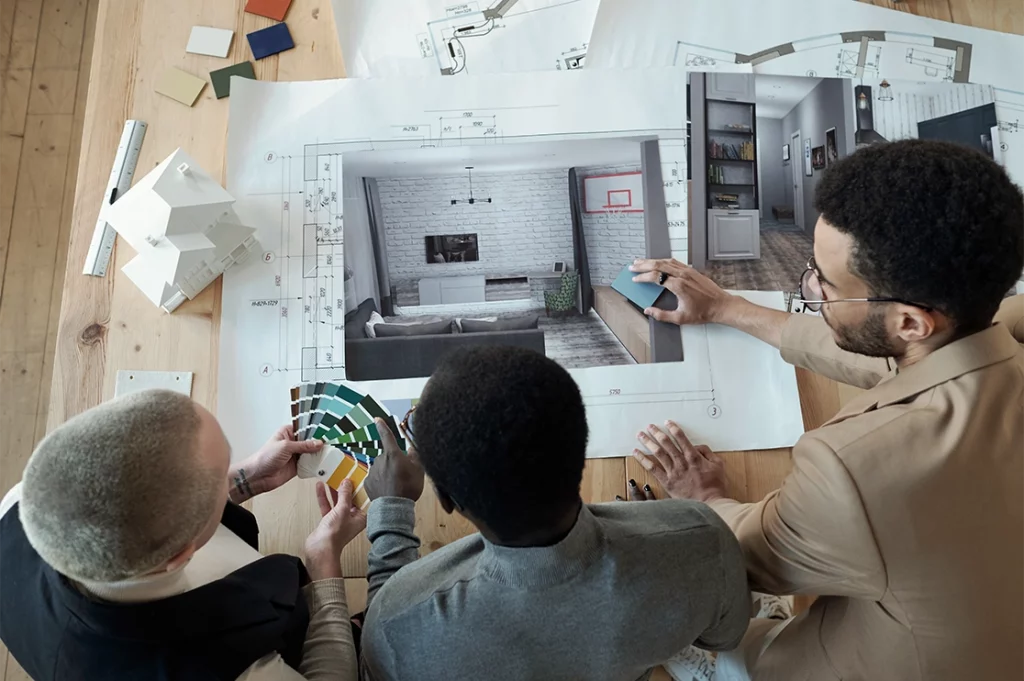
Discovering Your Style: The Foundation of Effective Collaboration
Before diving deep into how to work with an interior designer, it’s paramount for homeowners to have a clear sense of their personal style. Remember, every successful design journey begins with self-awareness. Whether you’re drawn to the clean, muted palettes of Scandinavian interior design, the intricate details of a traditional setup, or the modern, sleek lines of contemporary spaces, understanding what resonates with you can set the stage for a fruitful partnership.
Start by collating interior design ideas that appeal to you. Platforms like Pinterest, home décor magazines, or even taking a virtual tour of designer portfolios can be insightful. As you gather these ideas, you might notice patterns – a preference for wooden finishes, a love for geometric patterns, or an inclination towards pastel shades. These observations can be invaluable when you begin your discussions with an interior designer.
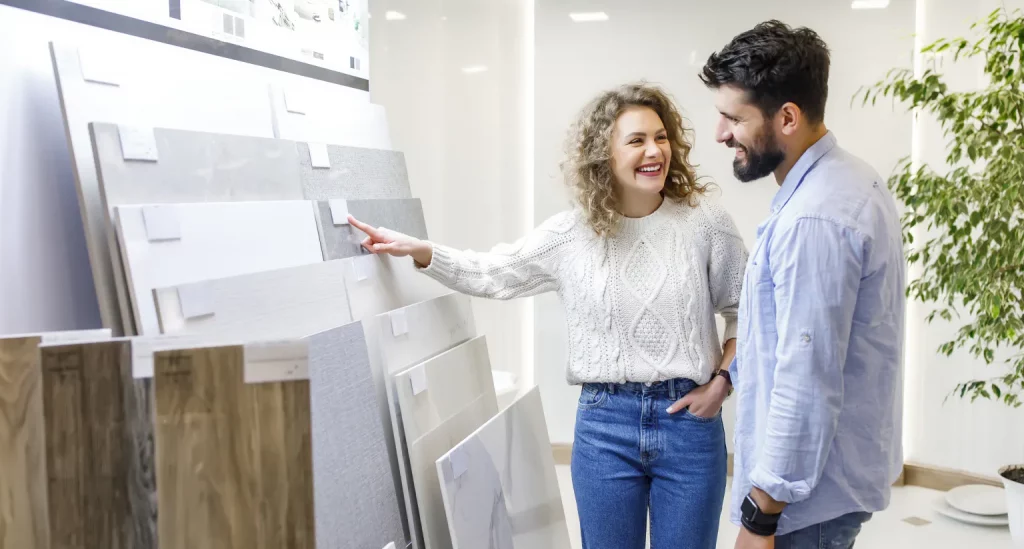
Key Questions to Ask Your Interior Designer
Initiate a dialogue and delve into the process of working with an interior designer. This conversation isn’t just about expressing your preferences; it’s also an opportunity to understand their approach and ensure alignment.
- Experience and Portfolio: Begin by inquiring about their past projects. This can give you insights into their versatility, whether they’ve worked on spaces similar to yours, and their proficiency in various styles, from Scandinavian interior design to contemporary aesthetics.
- Design Process and Collaboration: Understanding how an interior designer works with a client is vital. Ask about the stages involved, the expected timelines, and how they incorporate client feedback throughout the process.
- Budget and Costs: A transparent discussion about your budget can help the designer make recommendations tailored to your financial scope. Inquire about potential additional expenses and how they handle changes that might impact the budget.
- Resources and Network: A significant advantage of hiring a professional is their access to exclusive resources. Ask about their network, from suppliers of unique materials to trusted craftsmen, ensuring quality in every aspect of the design.
- Trends and Personalization: While designers are abreast with the latest in-house interior design, it’s essential to understand how they personalize trends to suit individual client needs.

Setting Clear Objectives and Budget: Laying the Foundation for Seamless Collaboration
Embarking on a design journey with an interior designer requires both parties to be on the same page. This alignment begins by establishing clear objectives and setting forth a budget that serves as a guiding beacon throughout the project.
- Prioritizing a Clear Vision: Before diving into specifics, it’s essential to have a holistic vision of what you want to achieve. Do you seek a complete overhaul or subtle refinements? Understanding your end goal will ensure that the design process is purpose-driven, minimizing potential deviations and misalignments later on.
- Charting a Flexible Budget Range: While it’s important to set a baseline budget, it’s equally vital to ensure some flexibility. Design, by nature, can be unpredictable. Perhaps you discover a piece of furniture that’s a perfect fit but slightly over budget, or maybe there’s an unforeseen expense related to structural changes. By allowing for a budget range rather than a fixed number, you equip yourself to navigate these scenarios more fluidly.
- Open Dialogue on Potential Costs: No one likes unexpected costs. A transparent conversation with your designer about potential unforeseen expenses can prepare you for such situations. Whether it’s related to materials, labour, or design alterations, having a ballpark figure or at least understanding the possibilities can reduce future financial stress.

Building a Transparent Relationship with Your Interior Designer
The foundation of any successful design project lies in clear, open, and consistent communication between the client and the interior designer. Learning how to work with an interior designer effectively begins with establishing this rapport, ensuring that the project progresses smoothly and both parties are aligned in their vision.
- Scheduled Check-ins: Setting regular intervals for meetings or updates can help in tracking progress, addressing concerns, and making timely decisions. Whether weekly or bi-weekly, these sessions can provide clarity on the project’s direction.
- Ask Questions: If there are elements of the design you’re unsure about, don’t hesitate to ask. Whether it’s about the choice of materials, the functionality of a design element, or the reasoning behind a particular choice, your designer will appreciate your engagement and curiosity.
- Voice Your Ideas: While the designer brings expertise, it’s your space. If you have suggestions, inspirations, or changes in preference, communicate them. It ensures that the final result is a true reflection of your personal style while benefitting from a professional’s touch.
- Feedback Loops: Provide feedback regularly. If there’s something you particularly like, let the designer know. Similarly, if something isn’t aligning with your vision, discuss it constructively.

Making the Most of Digital Tools: Modern Solutions for Seamless Collaboration
In today’s digital age, there are numerous tools and platforms that can enhance the experience of working with an interior designer, making collaborations more interactive and visual.
- Virtual Consultations: Especially relevant in the age of remote work, platforms like Zoom or Skype allow for face-to-face discussions without the need for physical meetings. It’s convenient and can speed up decision-making.
- Design Mockup Tools: Tools like SketchUp or Autodesk allow designers to create 3D models of your space. This can give you a more tangible feel of the final design, enabling you to suggest changes based on realistic visualizations.
- Shared Inspiration Boards: Platforms like Pinterest or Houzz enable both you and your designer to share inspirations, ideas, and specific products or designs you like. It’s a dynamic way to collaborate and converge on a shared vision.
- Project Management Platforms: Tools like Trello or Asana can be employed to track the progress of the project, set deadlines, assign tasks, and more. It ensures transparency and organization in the design process.
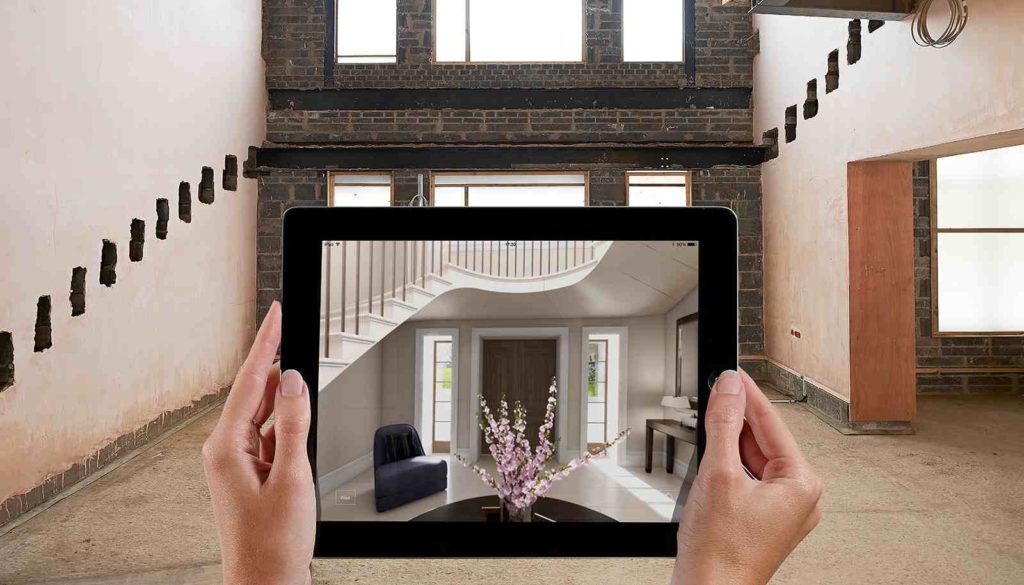
Trust the Process and the Interior Designer: Patience Yields Perfection
Delving into the world of interior design is exciting. However, it’s essential to remember that perfection takes time and that the process is as crucial as the outcome.
- Understanding Timelines: Good design can’t be rushed. Whether it’s waiting for the perfect piece of furniture or allowing time for detailed craftsmanship, patience ensures quality.
- Respect Expertise: While it’s your space and your vision, remember that interior designers bring a wealth of knowledge and experience. Trusting their judgment, especially in areas of their expertise, can lead to results that exceed your expectations.
- Be Open to Evolution: Sometimes, as the design progresses, new ideas or inspirations might emerge. Being open to this evolution can lead to outcomes you hadn’t initially envisioned but ended up loving.
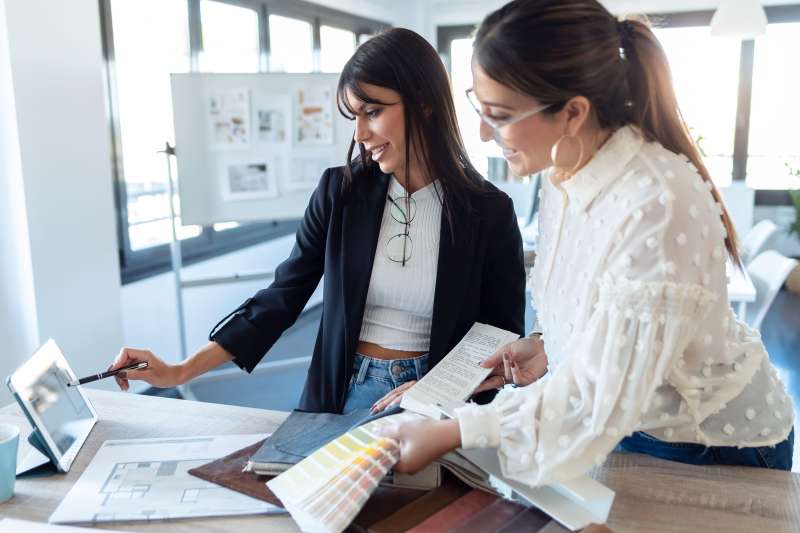
Embrace Flexibility When Working with an Interior Designer
Design is an art, and sometimes, the most well-laid plans might need adjustments. Embracing flexibility can be the key to navigating these changes gracefully.
- Adapt to Changes: Whether it’s a back-ordered piece of furniture or a last-minute change in room functionality, being adaptable can keep the project moving forward without significant hiccups.
- View Challenges as Opportunities: Often, design constraints can lead to innovative solutions. Instead of viewing challenges as setbacks, see them as opportunities to think outside the box.
- Maintain Perspective: Keep the big picture in mind. Minor changes or deviations from the original plan won’t impact the overall beauty and functionality of your space.

Overcoming Common Challenges in Interior Design
Every collaborative project, especially one as personal as home design, can encounter challenges. Understanding how to work with an interior designer and being aware of potential hurdles is pivotal. Knowing how to address these challenges ensures your design journey remains smooth and fruitful. Let’s discuss some common challenges and proactive ways to handle them:
- Differing Visions: At times, you and your interior designer might have divergent ideas. Remember, it’s essential to find a balance. Consider their professional advice but also ensure your personal preferences aren’t overshadowed. Regular check-ins and open discussions can prevent significant mismatches.
- Budgetary Constraints: The world of house interior design offers endless possibilities, but it’s vital to remain grounded in your budget. If costs spiral, discuss alternative materials or solutions that align with your financial plan without compromising the design integrity.
- Delays and Timeline Extensions: Whether it’s a late furniture delivery, unavailability of a chosen material or unforeseen construction challenges, delays can be frustrating. Stay patient and trust that your interior designer is working diligently to resolve issues. Open communication about revised timelines can help manage expectations.
- Space Limitations: While you might be inspired by sprawling Scandinavian interior design lounges, your actual living space might be more compact. Discuss space-saving solutions, multifunctional furniture, and design tricks to make rooms appear larger.
- Changing Your Mind: As the design progresses, you might have second thoughts about certain choices. It’s okay to change your mind, but frequent alterations can disrupt the workflow. If you’re unsure, utilize visualization tools to see the outcome before making decisions.
- Keeping Up with Trends: While it’s great to incorporate trending interior design ideas, ensure they align with your long-term vision for the home. Trends fade, but timeless choices endure.

Embracing the Collaborative Journey Towards Your Dream Home
In conclusion, remember that every decision, discussion, and design draft is a step closer to realizing your dream dwelling. Learning how to work with an interior designer is an essential part of this journey. As you stand at the culmination of this process, take a moment to relish the transformation, not just of your space but also of the relationship you’ve nurtured with your designer. It’s a testament to the beauty of collaboration and the boundless potential it unlocks. Looking forward, may every corner of your newly designed space bring joy, comfort, and cherished memories for years to come.
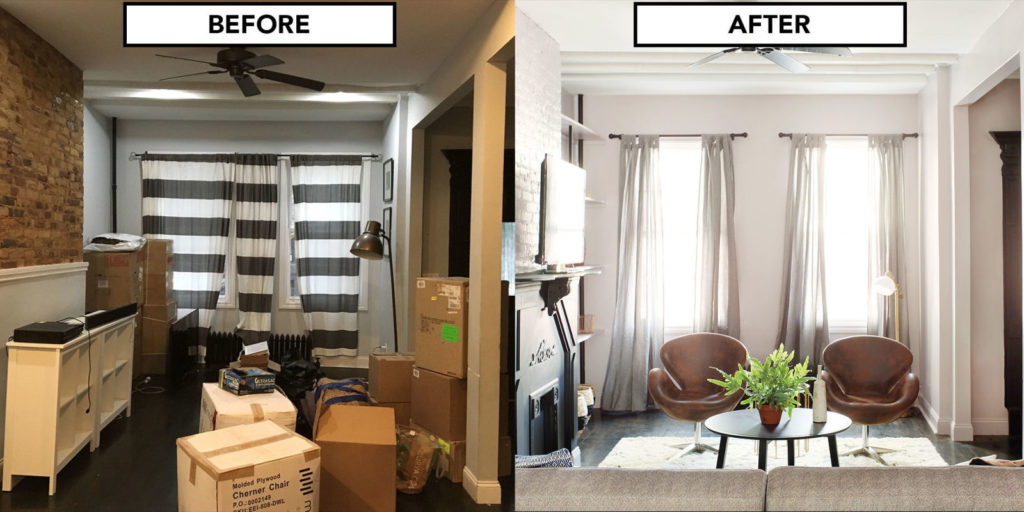
Frequently Asked Questions
Ideally, involve a designer in the early stages, even during architectural planning, to ensure a cohesive vision throughout the project.
Absolutely. Architects and interior designers often collaborate to ensure that the exterior and interior of a space complement each other. The architect focuses on the structural elements, while the designer enhances the internal environment.
Yes, most interior designers can also decorate, selecting appropriate decorative elements that align with the overall design.
Yes, interior design often involves selecting and positioning furniture, ensuring it aligns with the overall design aesthetic and functionality of the space.
This can be done by discussing the scope with potential designers, getting quotes, and factoring in expenses like materials, furniture, and contractor fees.
